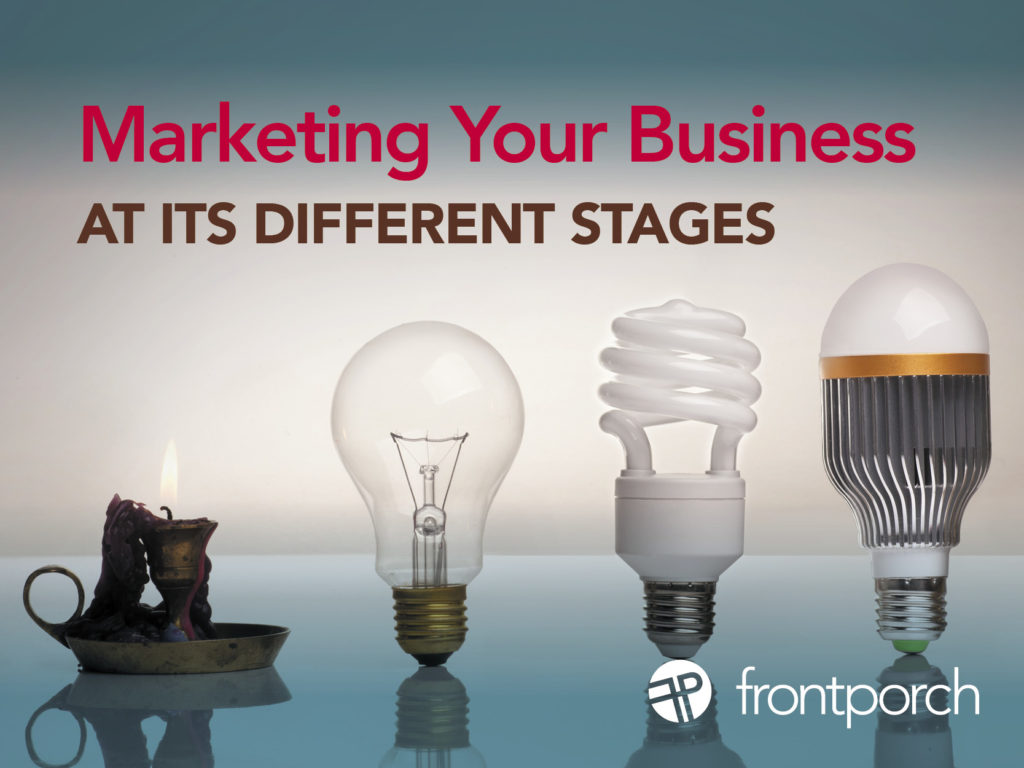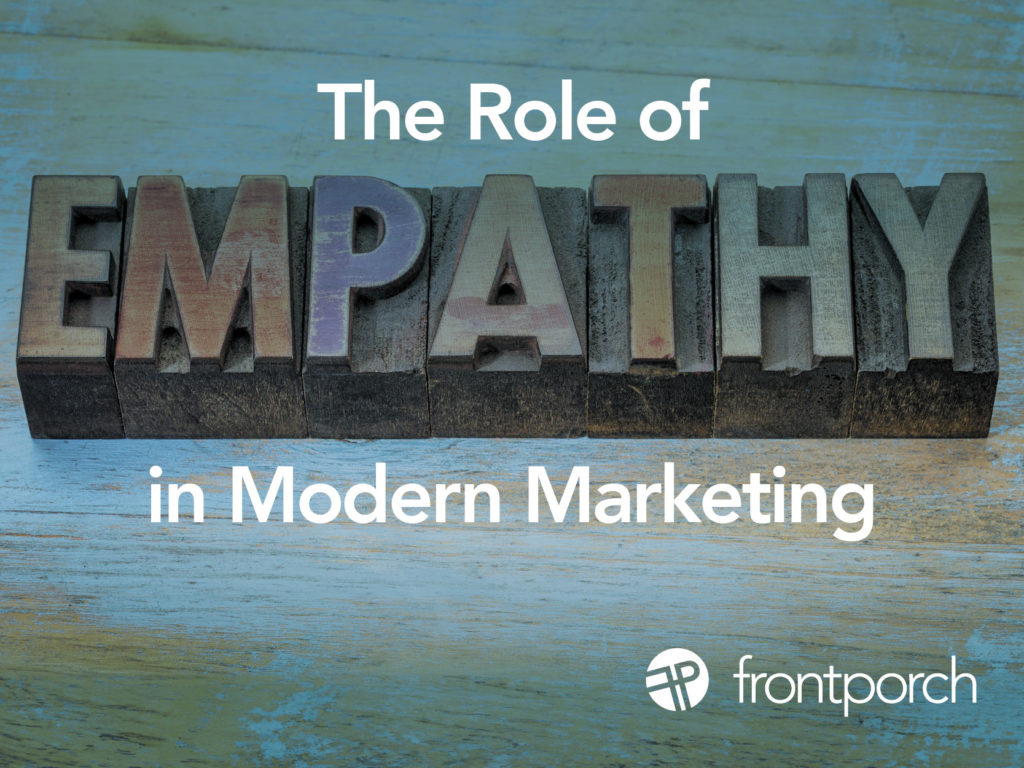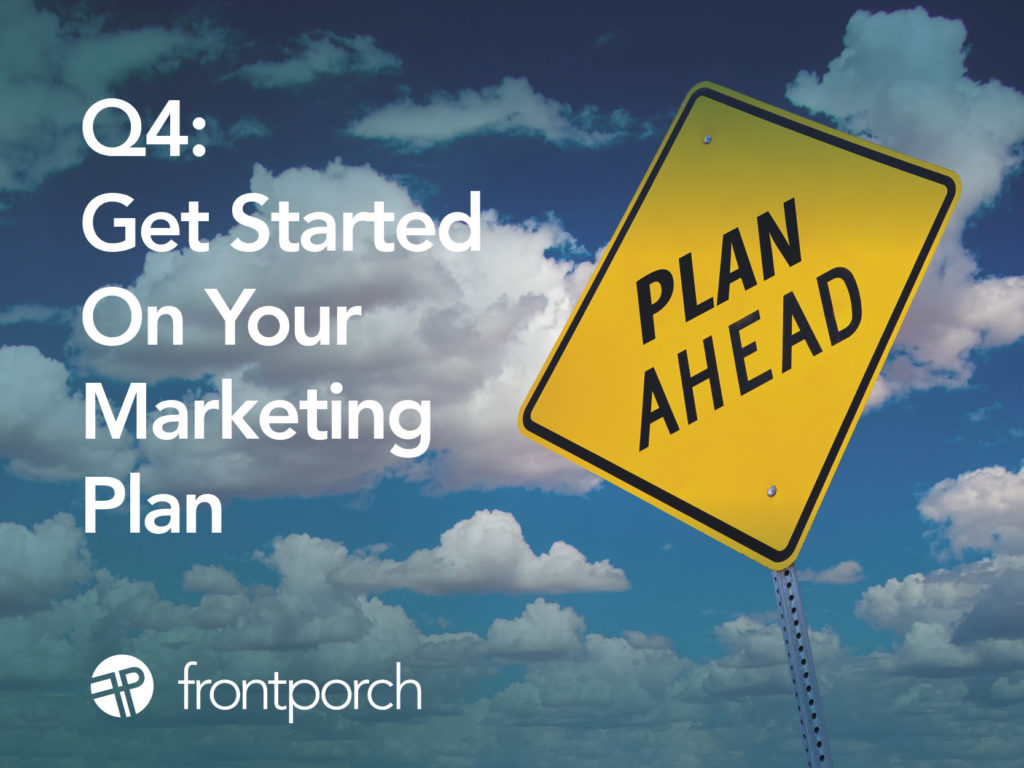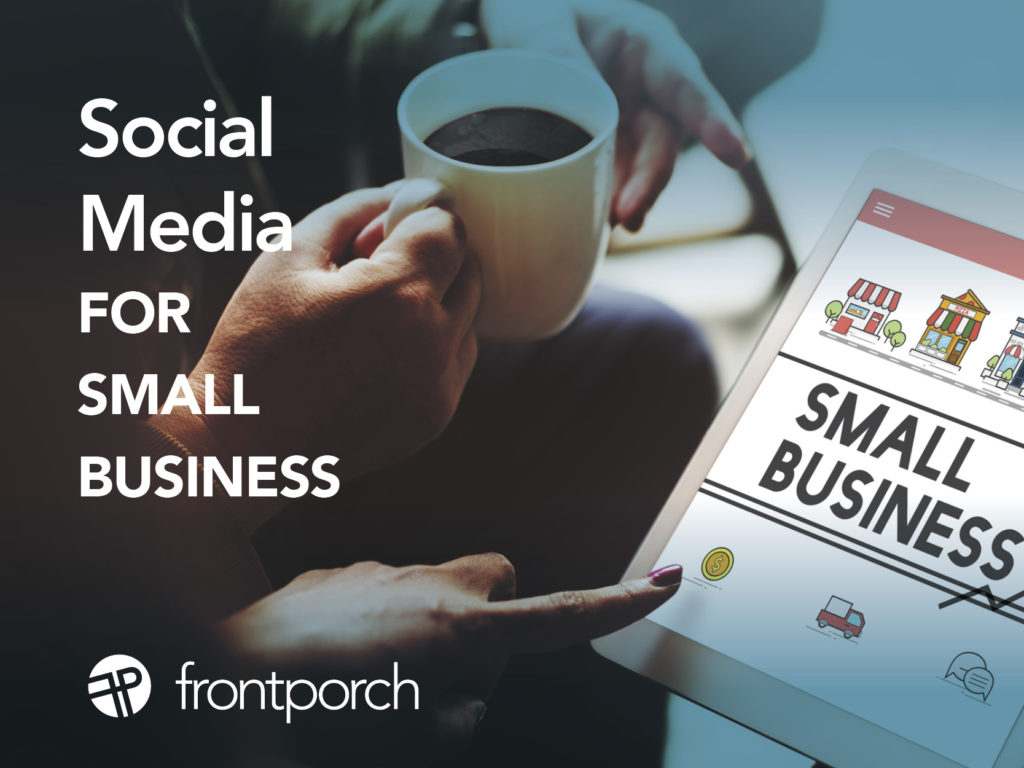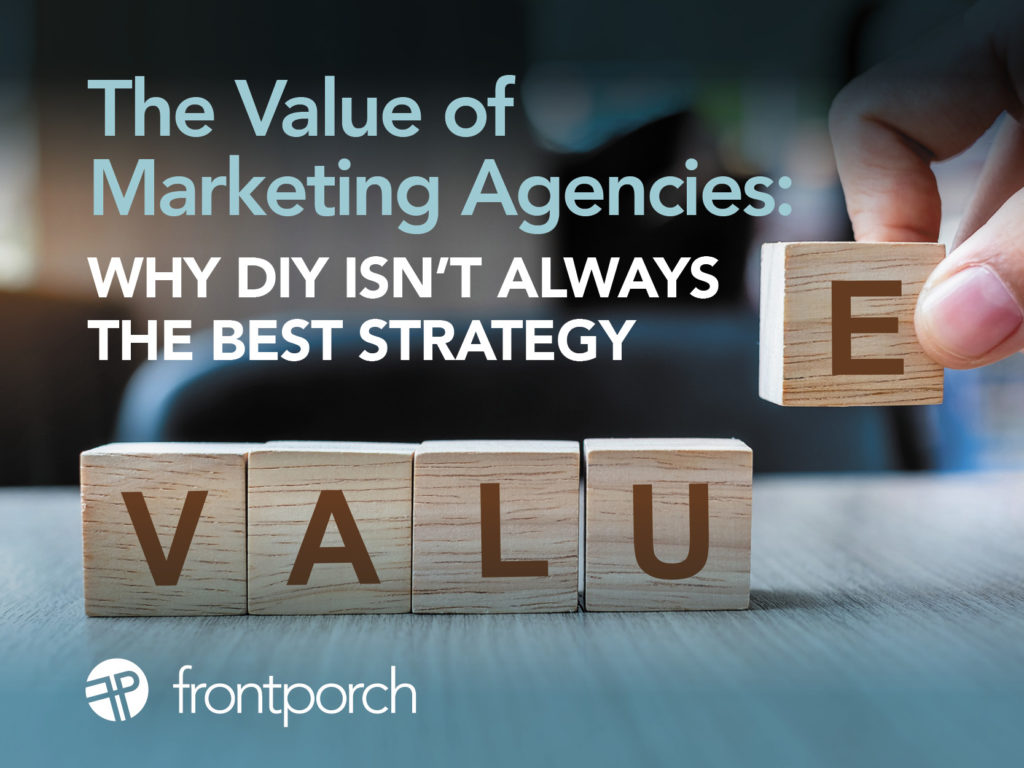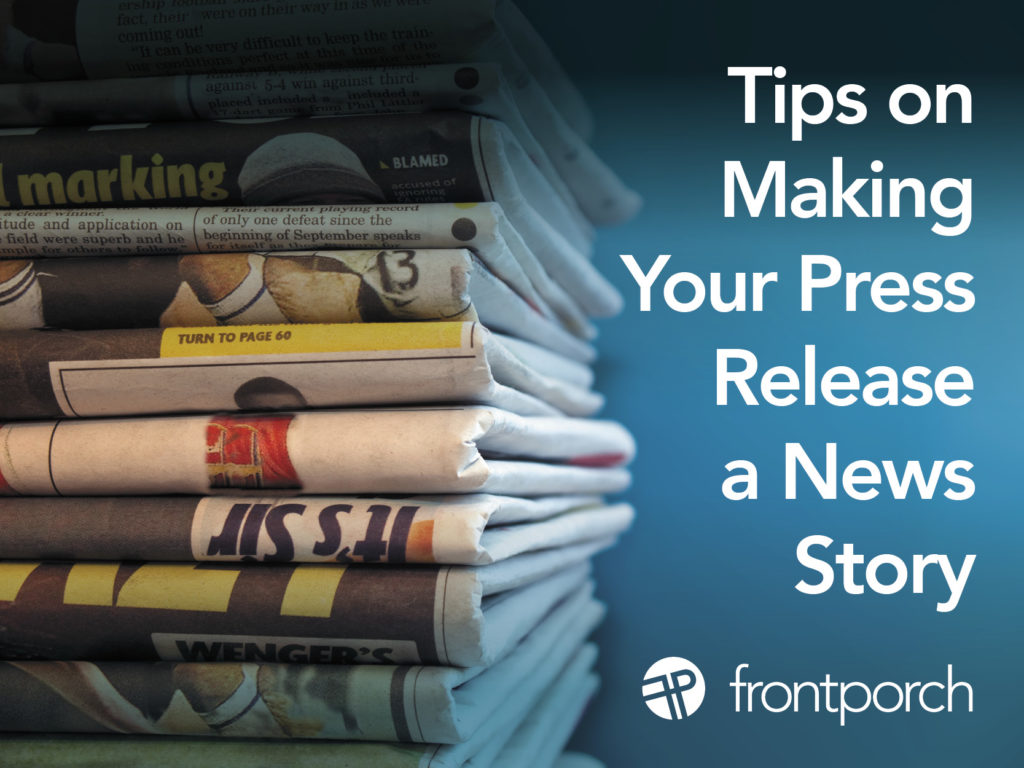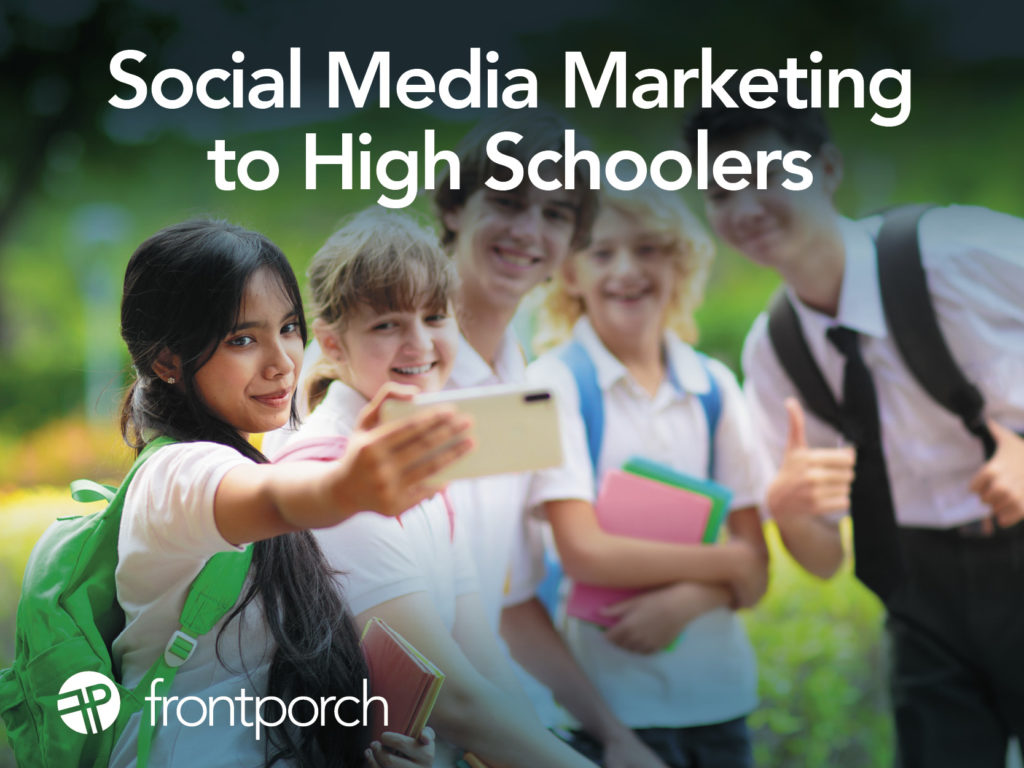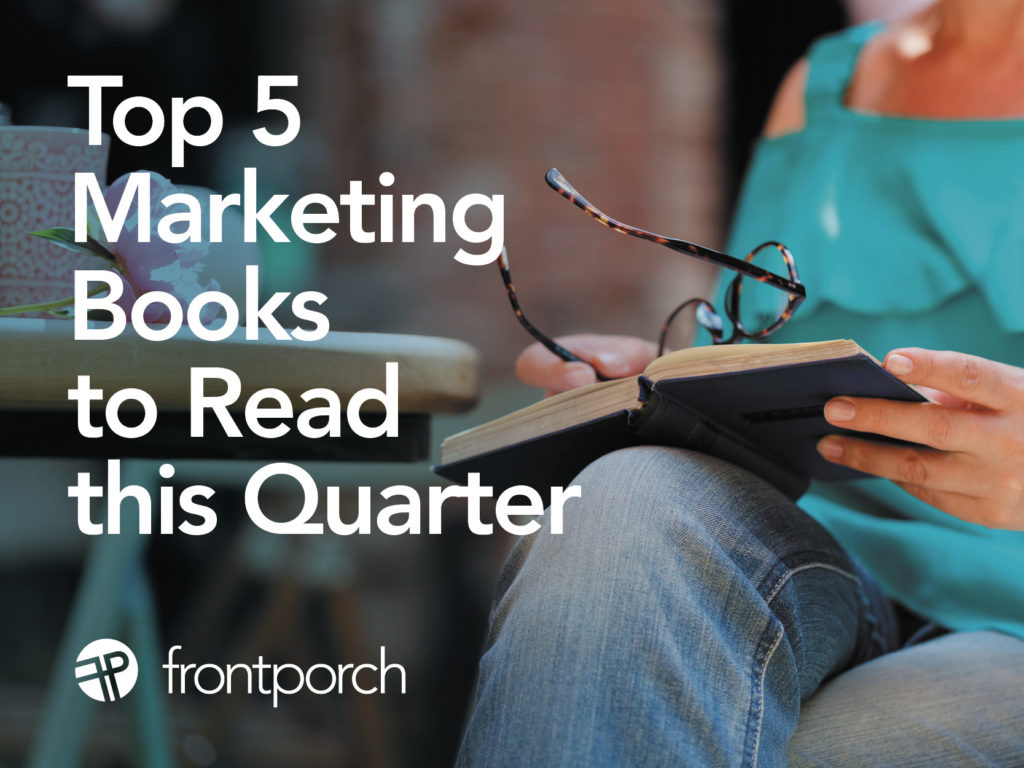
Content Marketing for Small Businesses
You’ve likely heard the term “content marketing” with increasing frequency, though you may or may not understand exactly what it means. We’re here to uncover exactly what it is. Why it has the potential to be a highly valuable part of your small business’s overall marketing strategy. And finally, what practical tips you should keep in mind as you begin to test the content waters. After all, content marketing builds trust with your consumers, and that leads to sales and growth.
What Exactly Is Content Marketing?
Joe Pulizzi, one of the godfathers of this modern marketing practice, offers this formal definition in his book Epic Content Marketing:
“The marketing and business process for creating and distributing valuable and compelling content to attract, acquire, and engage a clearly defined and understood target audience — with the objective of driving profitable customer action.”
~Joe Pulizzi
The main takeaway here should be the term valuable. Doing marketing this way is all about focusing less on communicating information about your business. It is more about the informational needs of your target audience — like solving their problems. It is also concerned with the means by which you share that information using tactics such as blogs, newsletters and social media.
Where traditional market relies on “renting” media — think print or digital ads — content marketing aims to own media, like newsletters and blogs. We have previously detailed the steps you can take to start content marketing next year, to build your business. Front Porch executes monthly newsletters, blogs and other content marketing tactics for several of our clients to help them build their customer base and grow their companies.
What Is The Value of This Type of Marketing?
At its core, Pulizzi conceives of this type of marketing as a “strategy focused on the creation of a valuable experience.” In this way it is the future of marketing. Consumers are becoming increasingly disillusioned with transactional interactions. They are instead opting to build relationships with brands they love. From a business perspective, it means attracting and retaining customers by creating a dialogue with your audience. Open up communication with your target audience in this way. Then you can continually refine your approach and product using first-party data.
Practical Tips
As you create a strategy it’s important to invest in writers and strategists. They can produce high-quality content that will resonate with your target audience. If building out a content team inside your company is not currently within your budget, don’t fret. You’ll need to create brand and content guidelines that can be shared with marketing firms like ours, to ensure consistency.
Front Porch acts as a supplement to many of our clients’ in-house marketing teams. Pro-tip: The majority of your website traffic resulting from content marketing like blogs and newsletters is likely to come from a mobile device. So be sure to make mobile your top channel strategy.
If we can help you set-up and maintain content marketing for you, just holler!

